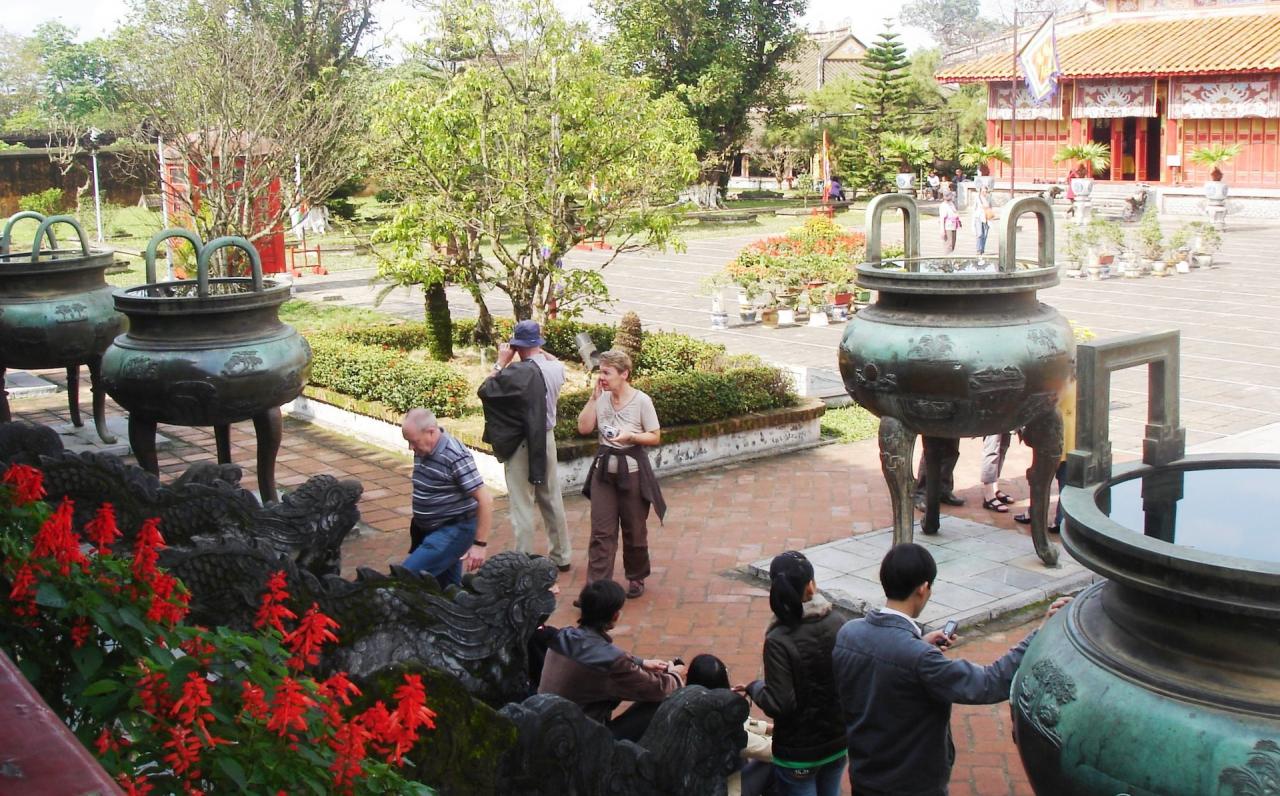
Sow seeds
In 1981, Professor Tran Van Khe was invited to attend a presentation of Hue Royal Court Music to a UNESCO delegation. At that time, UNESCO had just launched a campaign to help Vietnam restore the Hue palace, and Hue Royal Court Music was only in the "introduction" stage.
Sitting next to UNESCO Director-General M'Bow, Professor Tran Van Khe further explained the "mother lion giving birth to a baby lion" performance. After the performance, seeing Mr. M'Bow visibly moved, Professor Tran Van Khe said:
- We are extremely grateful to you for speaking out and calling on the world to help Vietnam protect and restore the historical and cultural relics in Hue. But palaces and tombs are just the shells; the soul of Hue is its poetry, music , dance, and theater. Has UNESCO considered preserving these intangible cultural heritages?
Mr. M'Bow mused:
Not yet, but I'll have to think about it.
Professor Tran Van Khe recorded this dialogue in his memoirs. Also in his memoirs, linking together the two events of Hue becoming a World Cultural Heritage site (in 1993) and Hue Royal Court Music being awarded the title of Masterpiece of the Intangible Cultural Heritage of Humanity (in 2004, in France), he enthusiastically remarked: "That means Hue has been recognized as a World Cultural Heritage site, both in its physical form and its spiritual essence."
He was also surprised, because he thought the idea of "preserving the soul," which he had privately proposed to the Director-General of UNESCO back in 1981, would quickly be forgotten. "But I didn't expect it to have taken root," he wrote.
The "soul" of our ancestors' heritage seems to continue to be nurtured. In early May of this year, the 10th Plenary Session of the UNESCO Asia-Pacific Regional Committee for the Memory of the World Programme, held in Mongolia, officially recognized the relief carvings on the Nine Tripods as World Documentary Heritage.
With this latest event, I suddenly thought that if Professor Tran Van Khe were still alive, he might also speak about the "physical and spiritual" aspects of the heritage of the ancient capital of Hue once again.
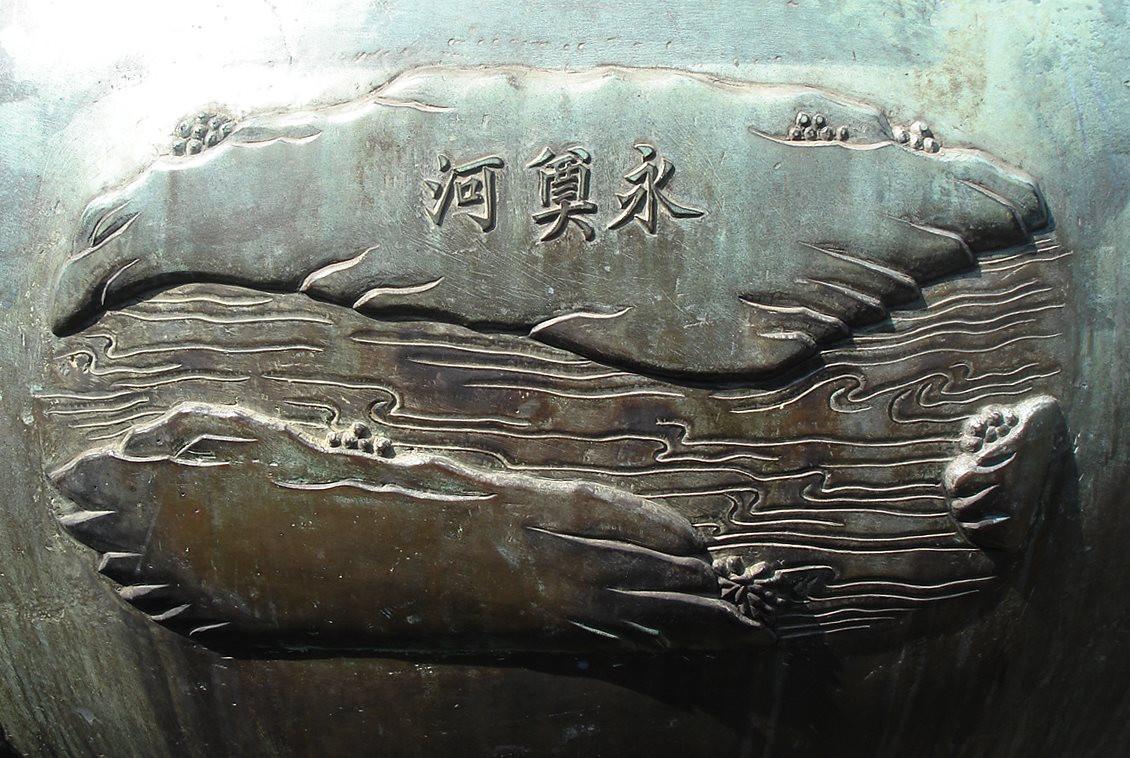

Heritage "converges"
UNESCO's Memory of the World Programme was established 30 years ago, in 1994, to recognize documentary cultural heritage.
The ancient capital of Hue contributed Vietnam's first World Documentary Heritage site in 2009 with the Nguyen Dynasty woodblocks. Subsequently, many more sites in Hue, Hanoi, Bac Giang, Ha Tinh, Da Nang, and other locations have been recognized as World or Asia-Pacific regional documentary heritage sites.
Our ancestors also passed down cultural heritage to future generations with many different messages. And in that journey of creation, transmission, and preservation, the "act" of sowing seeds is very worthy of recognition and honor.
There are 153 images with various themes carved in relief on the Nine Bronze Tripods between 1835 and 1837, by order of Emperor Minh Mạng. Each tripod has 17 carvings with content of historical, cultural, educational, geographical, feng shui, medical, and artistic value. The "object" element is quite clearly displayed on the nine bronze tripods placed in front of the Thế Miếu temple.
However, the more overarching "intangible" value, representing the exquisite bronze casting skills of Vietnamese craftsmen in the early 19th century, has become a unique and rare source of information, worthy of international recognition. For a long time, researchers have regarded the embossed motifs on the Nine Dynastic Urns as an "encyclopedia" and "geographical record" of Vietnam in the early 19th century.
On this side of the Hai Van Pass, some familiar landmarks and products are also present in the recently recognized world heritage site. In an article about the "Southern Treasure" memory and the trees casting shadows over time in the Quang Nam Newspaper's Spring 2022 issue, I mentioned that the dossier for the Nine Tripods had been submitted (since mid-late 2021) and was awaiting UNESCO World Heritage recognition. I also envisioned that, once recognized, this "world memory" would help preserve the image and information of a familiar product from Quang Nam province…
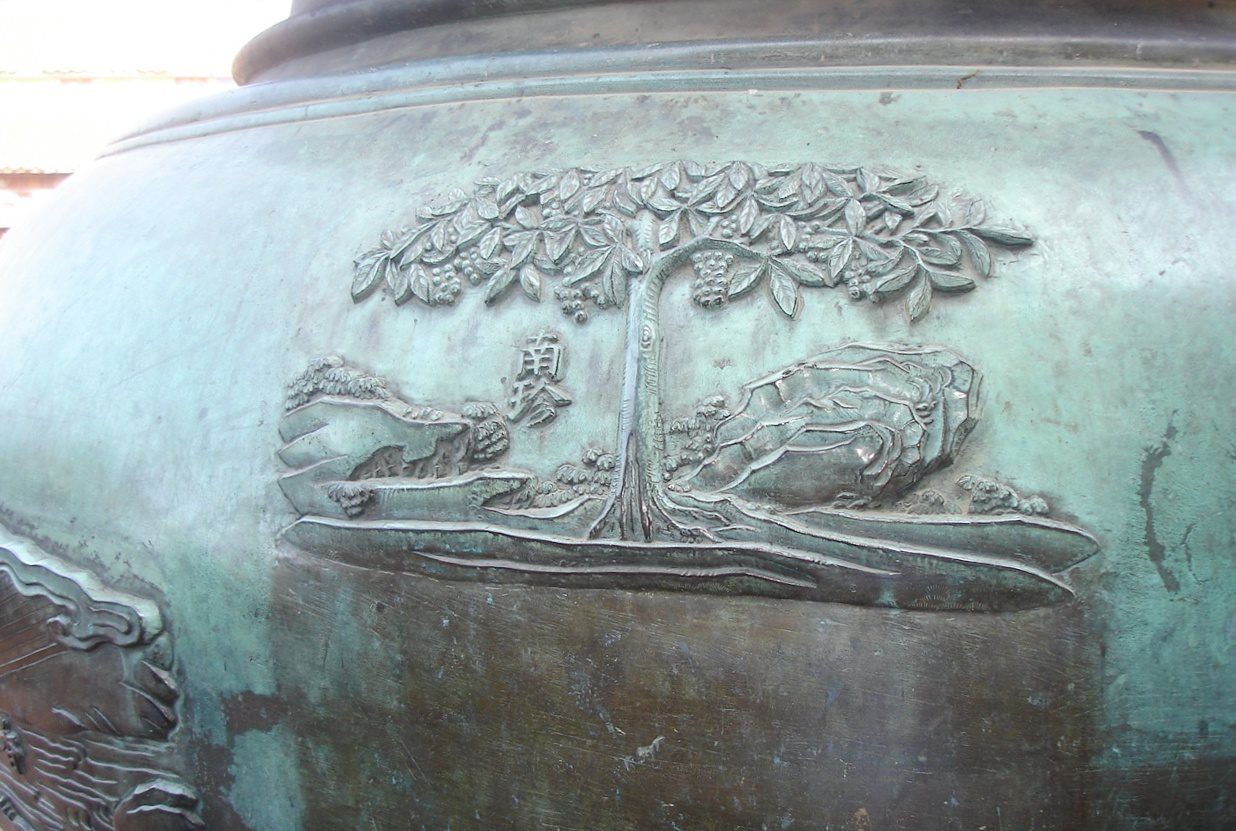
"Nam Trân" - a beautiful name given to the lòn bon tree, is among the products associated with the turbulent times of the Nguyễn dynasty that were chosen to be engraved on the Nine Dynastic Urns.
The image of the Southern Vietnamese crocodile is carved on the Nhân đỉnh, as is the image of the Southern Vietnamese crocodile carved on the Chương đỉnh. The Quảng region also has the "Vĩnh Điện Hà," or Vĩnh Điện River, carved on the Dụ đỉnh.
This canal flows north, merging with the Cam Le River to empty into the Han River estuary, the present-day Da Nang seaport. Coincidentally, the Da Nang seaport was also chosen to be engraved on the Imperial Decree, with the Chinese characters "Da Nang seaport". The Imperial Decree also features a carving of "Hai Van Pass"...
Thus, the landmarks and distinctive products of Quang Nam province, or even those found throughout Vietnam, converge on one heritage site, allowing the physical and spiritual aspects of the heritage to continue blending and transmitting their value to future generations.
Source





![[Photo] Prime Minister Pham Minh Chinh presides over a meeting on private sector economic development.](/_next/image?url=https%3A%2F%2Fvphoto.vietnam.vn%2Fthumb%2F1200x675%2Fvietnam%2Fresource%2FIMAGE%2F2025%2F12%2F20%2F1766237501876_thiet-ke-chua-co-ten-40-png.webp&w=3840&q=75)

![[Photo] Prime Minister Pham Minh Chinh presides over the conference announcing the establishment of the International Finance Centre in Vietnam.](/_next/image?url=https%3A%2F%2Fvphoto.vietnam.vn%2Fthumb%2F1200x675%2Fvietnam%2Fresource%2FIMAGE%2F2025%2F12%2F21%2F1766309817714_ndo_br_dsc-3400-jpg.webp&w=3840&q=75)












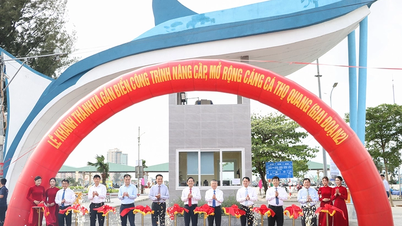







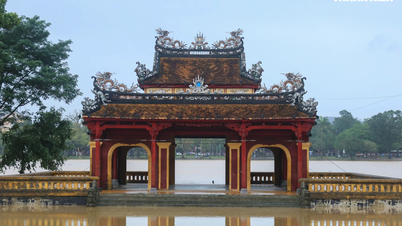










































































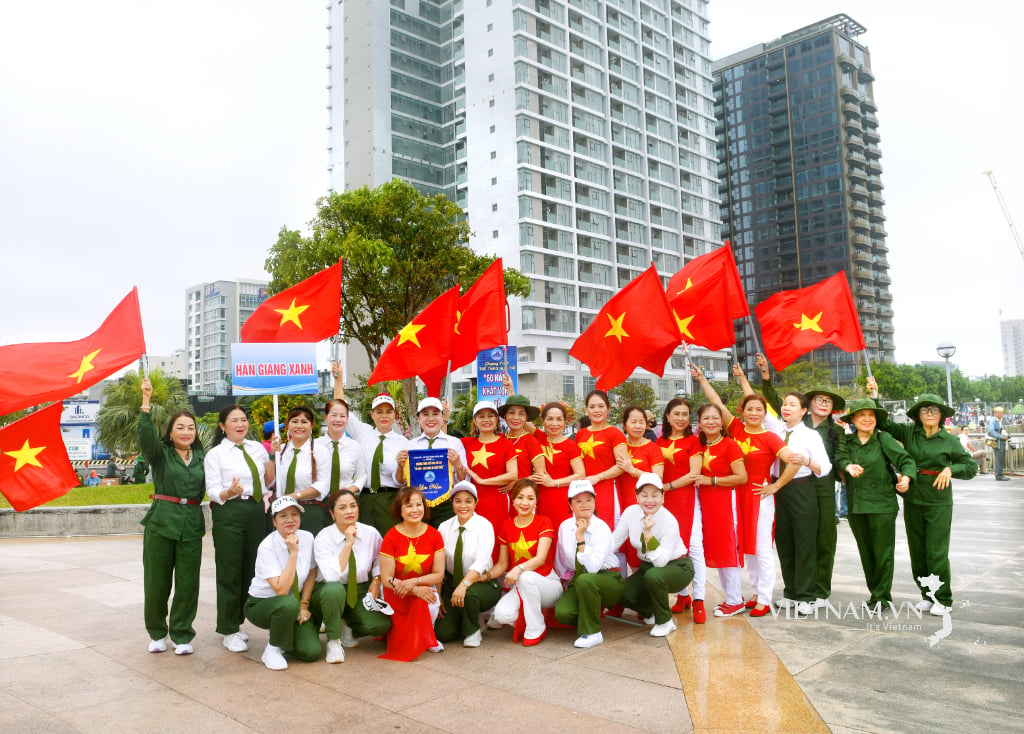
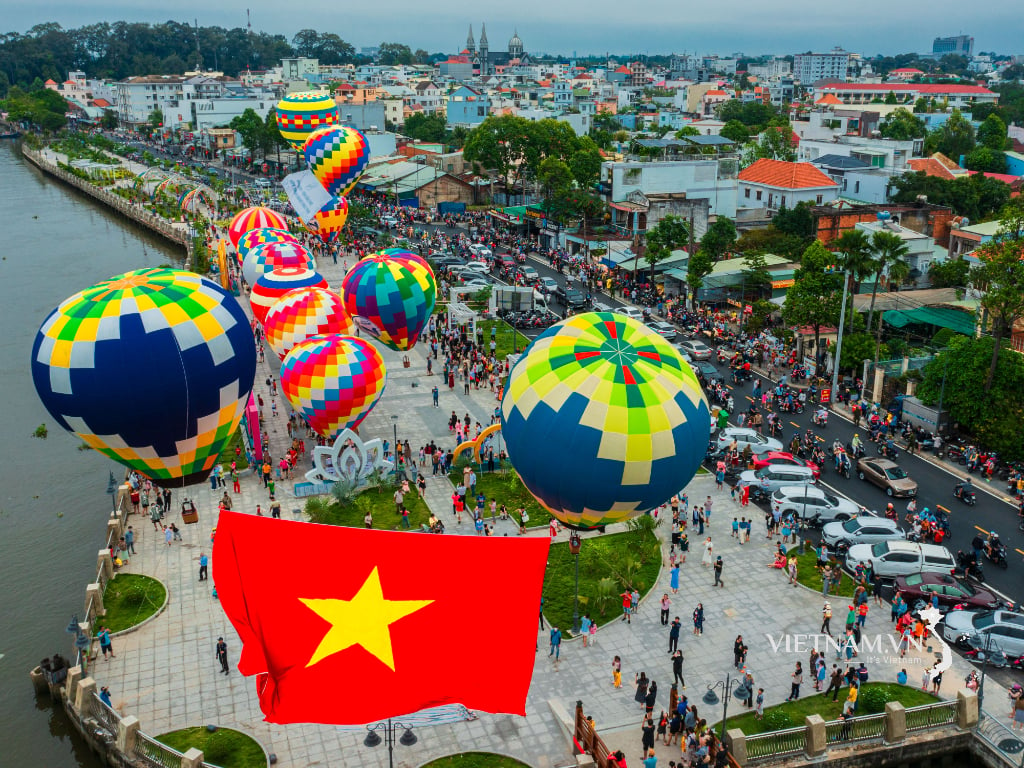

Comment (0)